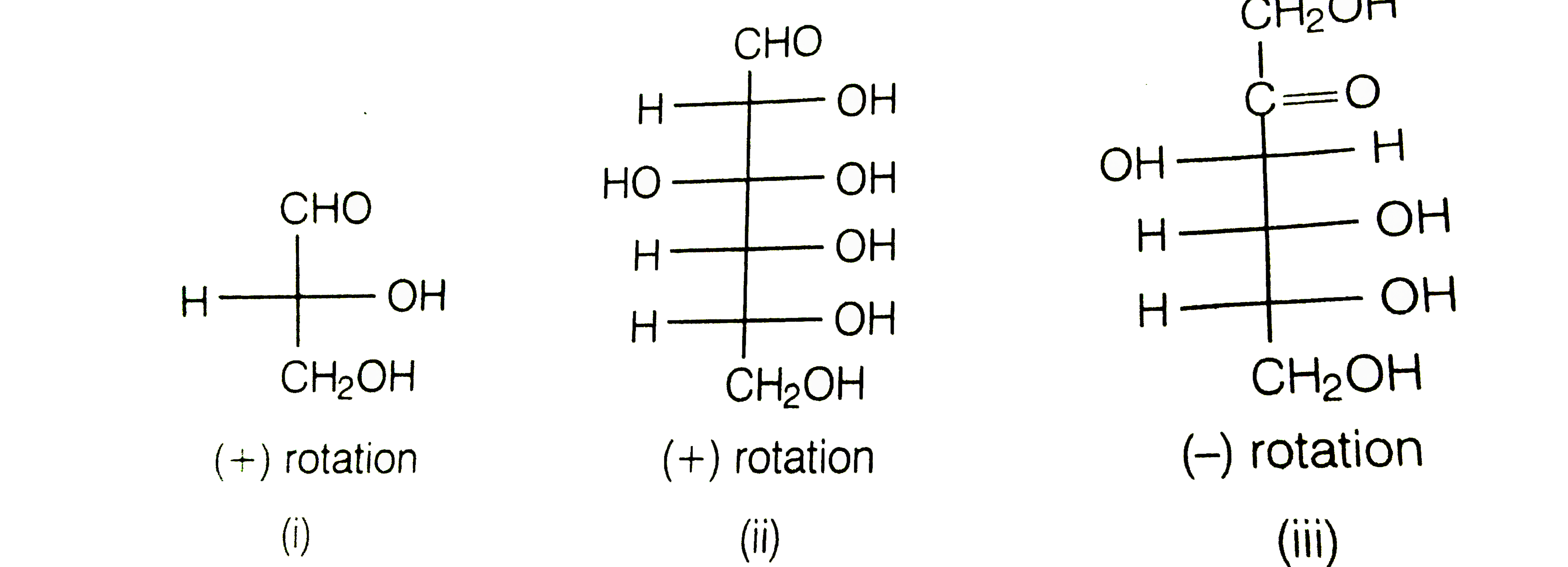The structures to two compound (I) and (II) are given below. Which statement is correct ?
F2C=C=CF2(I) and F2C=C=C=CF2(II)
Compound (I) is resolvable but (II) is non− resolvable.
Compound (II) is resolvable but (I) is non− resolvable.
Both are resolvable.
Neither of them is resolvable.
The correct Answer is:d
To determine the correct statement regarding the compounds (I) and (II), we will analyze their structures and stereochemistry.
1. Identify the Structures:
- Compound (I) is F₂C=C=CF₂, which has a structure of a carbon-carbon double bond followed by another carbon-carbon double bond.
- Compound (II) is F₂C=C=C=CF₂, which has a structure of a carbon-carbon double bond followed by another carbon-carbon double bond, but with an additional carbon in between.
2. Determine Hybridization:
- In compound (I), the first two carbons are sp² hybridized (due to the double bond), and the last carbon is sp hybridized (due to the double bond with another carbon).
- In compound (II), the first two carbons are also sp² hybridized, while the last two carbons are sp hybridized.
3. Analyze the Geometry:
- For compound (I), the geometry around the sp² hybridized carbons will be trigonal planar, while the sp hybridized carbon will have a linear geometry.
- For compound (II), the geometry around the sp² hybridized carbons will also be trigonal planar, but the sp hybridized carbons will have a linear geometry, creating a different spatial arrangement.
4. Check for Symmetry:
- Compound (I) has a plane of symmetry because the fluorine atoms are arranged symmetrically around the central carbon-carbon double bond.
- Compound (II) also has a plane of symmetry due to the arrangement of fluorine atoms and the linear arrangement of the carbon atoms.
5. Optical Activity:
- A compound is optically active if it lacks a plane of symmetry and can rotate plane-polarized light. Since both compounds (I) and (II) have a plane of symmetry, they are both optically inactive.
6. Conclusion:
- Since both compounds are optically inactive, they are non-resolvable. Therefore, the correct statement is that neither compound (I) nor compound (II) is resolvable.
Final Answer:
Both compounds (I) and (II) are optically inactive and non-resolvable.
- Compound (I) is F₂C=C=CF₂, which has a structure of a carbon-carbon double bond followed by another carbon-carbon double bond.
- Compound (II) is F₂C=C=C=CF₂, which has a structure of a carbon-carbon double bond followed by another carbon-carbon double bond, but with an additional carbon in between.
- In compound (I), the first two carbons are sp² hybridized (due to the double bond), and the last carbon is sp hybridized (due to the double bond with another carbon).
- In compound (II), the first two carbons are also sp² hybridized, while the last two carbons are sp hybridized.
- For compound (I), the geometry around the sp² hybridized carbons will be trigonal planar, while the sp hybridized carbon will have a linear geometry.
- For compound (II), the geometry around the sp² hybridized carbons will also be trigonal planar, but the sp hybridized carbons will have a linear geometry, creating a different spatial arrangement.
- Compound (I) has a plane of symmetry because the fluorine atoms are arranged symmetrically around the central carbon-carbon double bond.
- Compound (II) also has a plane of symmetry due to the arrangement of fluorine atoms and the linear arrangement of the carbon atoms.
- A compound is optically active if it lacks a plane of symmetry and can rotate plane-polarized light. Since both compounds (I) and (II) have a plane of symmetry, they are both optically inactive.
- Since both compounds are optically inactive, they are non-resolvable. Therefore, the correct statement is that neither compound (I) nor compound (II) is resolvable.
Both compounds (I) and (II) are optically inactive and non-resolvable.
Topper's Solved these Questions
- ALKENES AND ALKADIENESBOOK - CENGAGE CHEMISTRY ENGLISHCHAPTER - ALKENES AND ALKADIENESEXERCISE - Multiple Correct Answer Type
41 Videos
- ALKENES AND ALKADIENESBOOK - CENGAGE CHEMISTRY ENGLISHCHAPTER - ALKENES AND ALKADIENESEXERCISE - Single Correct Answer Type
62 Videos
- ALKENES AND ALKADIENESBOOK - CENGAGE CHEMISTRY ENGLISHCHAPTER - ALKENES AND ALKADIENESEXERCISE - EXERCISES
29 Videos
- ALKANES AND CYCLOALKANESBOOK - CENGAGE CHEMISTRY ENGLISHCHAPTER - ALKANES AND CYCLOALKANESEXERCISE - Archives
13 Videos
- ALKYNESBOOK - CENGAGE CHEMISTRY ENGLISHCHAPTER - ALKYNESEXERCISE - Exercises (Archives - Analytical and Desriptive Type)
4 Videos
Similar Questions
Knowledge Check
F2C=CF2 is a monomer of
AteflonBglyptalCnylon-6Dbuna-SAcylium cation has two resonating structures (I) and (II),
R−⊕C=..O:I→R−C≡⊕O:II
Which statement is correct for (I) and (II)?A(I) is more stable than (II)BStability of (II) is more than (I)CBoth have same stabilityDNone of theseThe given structures (I) and (II) represent configuration of the simplest sugar glyceraldehyde . Which of the following statements is not correct for the structures ?
H−CHO∣C∣CH2OH−OH(I) HO−CHO∣C∣CH2OH−H(II)A(I) represents D-form while (II) represents L-form of glyceraldehyde .BThe sugars having same configuration as D-glyceraldehyde are designated as D-sugars.CNatural glucose and fructose are D-Sugars.DD is dextrorotatory while L is laevorotatory enantiomer.
Indicate the σ&π bonds in
(i) CH2Cl2
(ii) CH3−C≡C−CH3
View SolutionOptical rotations of some compounds alongwith their structures are given below which of them have D configuration.

(a)I,II,III
(b)II,III
(c)I,II
(d)III
View SolutionGiven the correct order of initials T or F for following statements. Use T if statements is true and F it it is false:
(I)(CH3)2P(CF3)3 is non-palar and (CH3)3P(CF3)2 is polar molecule
(II)CH3ˆPCH3 bond angle are equal in (CH3)3P(CF3)2 molecule
(III) PF3 will be more soluble in polar solvent than SiF4
View SolutionWhich statements in each of the following paris would you except to have the higher standard molar entropy?
(I) C2H2(g) or C2H6(g), (II) CO2(g) or CO(g), (III) I2(s) or I2 (g)
The correct choice is:
View SolutionComment on the C-C bond length for C2H6 and C2F6 compounds
View Solution
